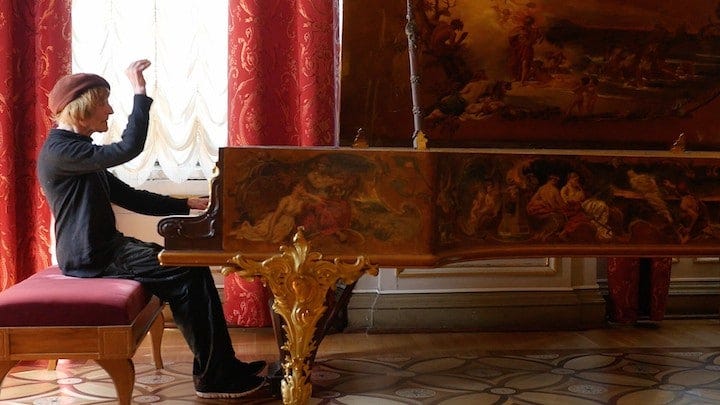The 5 Best Discoveries at Art of the Real 2016

It is perhaps something of a misnomer to refer to the best of the Art of the Real lineup as “discoveries.” Many of the films in the nonfiction showcase have already received warm receptions across the world. Some of them have won awards at major festivals, some of them have already screened on multiple continents. True, there are also a handful of North…
Keep reading with a 7-day free trial
Subscribe to Nonfics to keep reading this post and get 7 days of free access to the full post archives.



